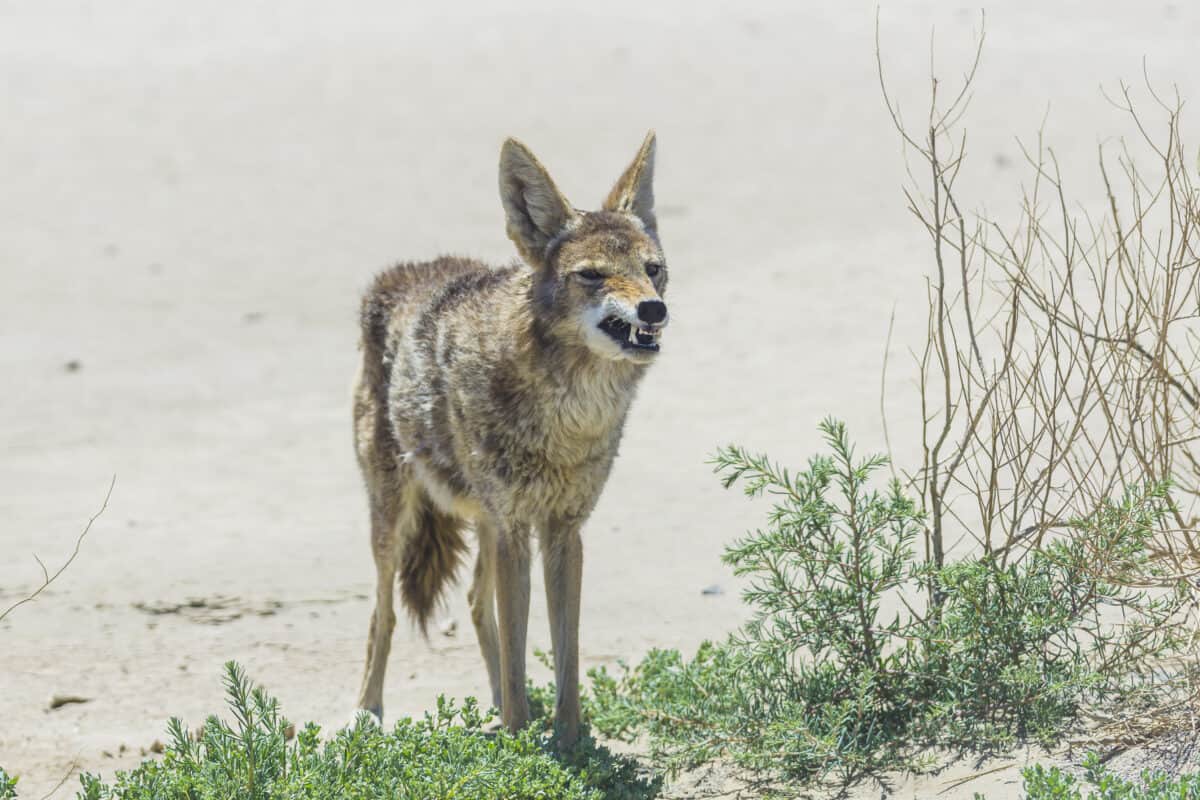Pennsylvania, known for its serene forests and rolling hills, harbors a diverse array of wildlife, some of which pose significant risks to humans. While encounters with dangerous animals are rare, it’s essential to be aware of potential threats when venturing into the great outdoors. From venomous serpents to elusive predators, here are five of the most dangerous animals in Pennsylvania.
Eastern Timber Rattlesnake (Crotalus horridus):
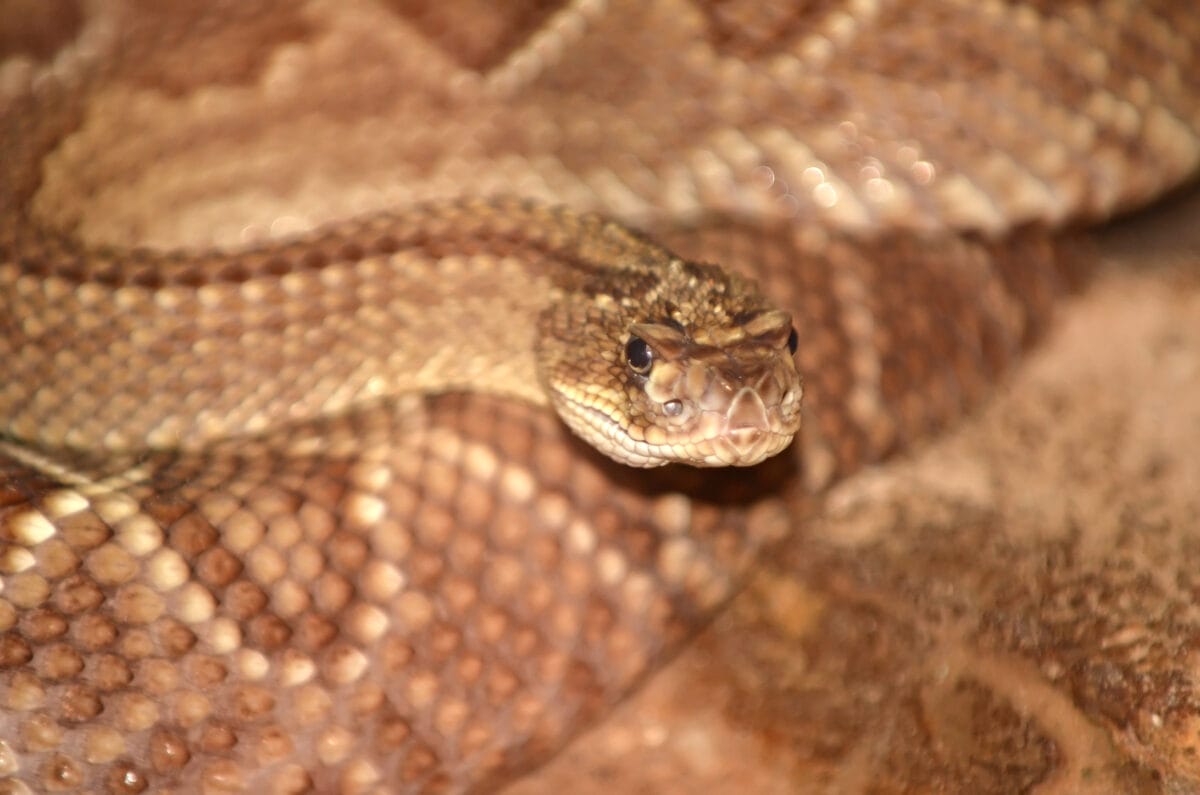
Venturing deep into Pennsylvania’s woodlands, one must remain vigilant for the stealthy presence of the Eastern Timber Rattlesnake. With its distinctive rattling sound and cryptic camouflage, this venomous serpent strikes fear into the hearts of hikers and outdoor enthusiasts. Found primarily in rocky, forested habitats, the Eastern Timber Rattlesnake delivers potent venom capable of causing severe tissue damage and, in rare cases, death. While encounters are infrequent, caution and respect for this elusive predator are paramount when exploring Pennsylvania’s wilderness.
Eastern Coyote (Canis latrans):
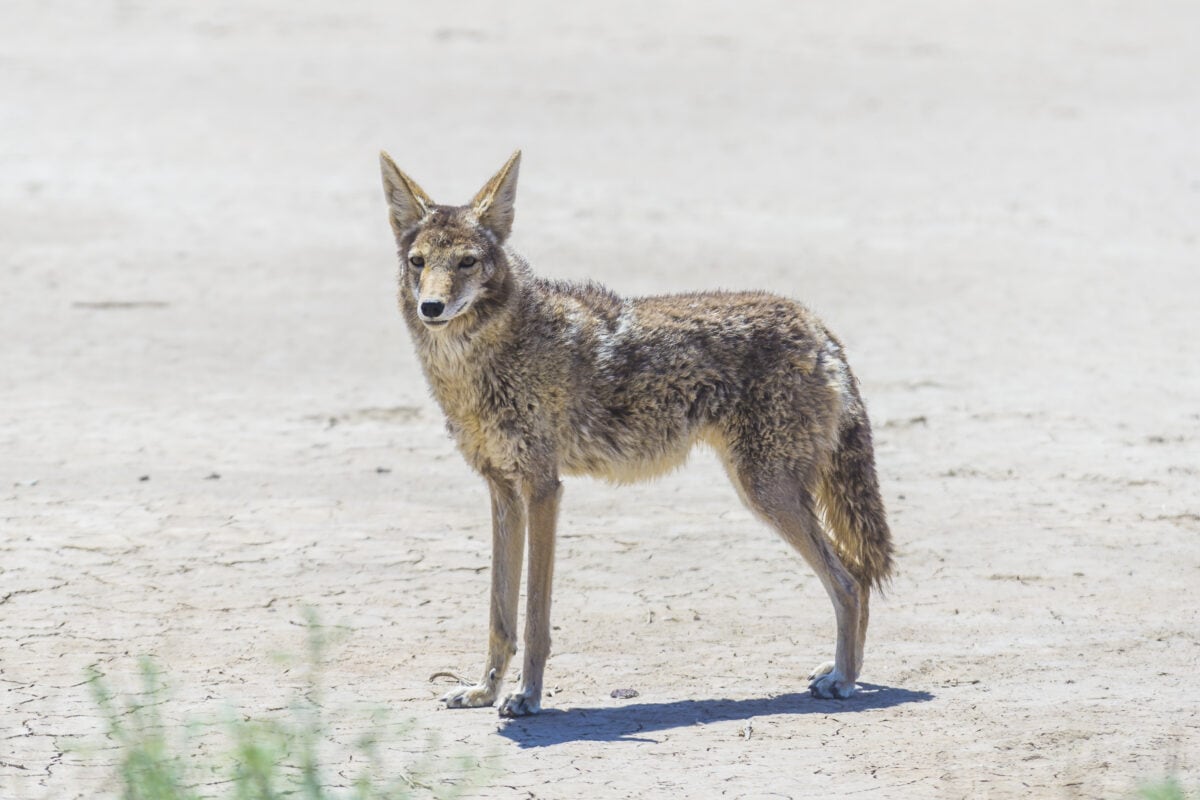
Roaming the fields and forests of Pennsylvania, the Eastern Coyote embodies stealth and adaptability. Despite its smaller size compared to its western counterparts, this cunning predator poses a significant threat to small pets and, on rare occasions, humans. Known for its opportunistic hunting behavior, the Eastern Coyote may prey on domestic animals or scavenge for food in suburban neighborhoods. While attacks on humans are exceedingly rare, encounters with coyotes should be approached with caution, particularly in areas where human-wildlife interactions are common.
Black Bear (Ursus americanus):
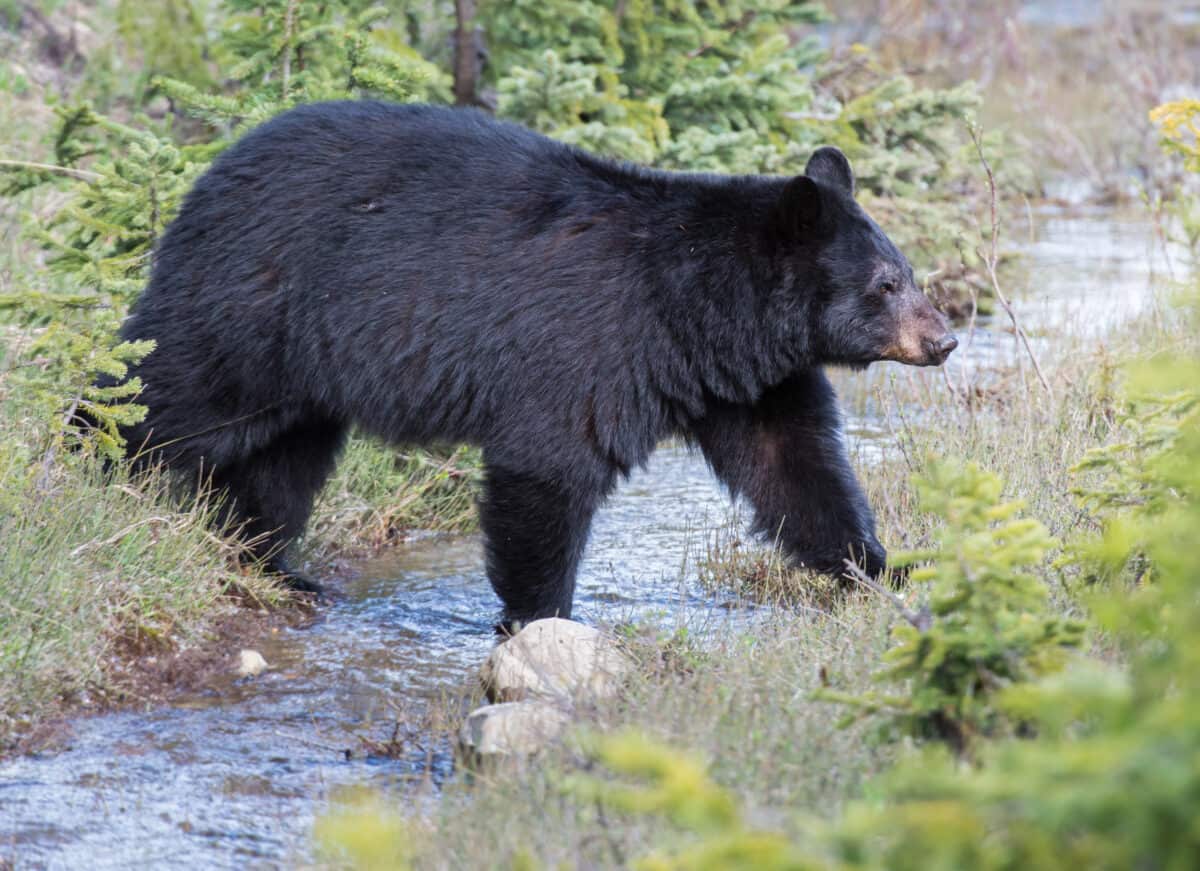
In Pennsylvania’s remote woodlands, the formidable presence of the American Black Bear commands respect and caution. With its powerful physique and keen sense of smell, this apex predator roams the forests in search of food, ranging from berries and nuts to small mammals and carrion. While black bear attacks on humans are rare, conflicts may arise when bears become habituated to human food sources or feel threatened. Proper food storage and adherence to bear safety protocols are essential when camping or hiking in bear country.
Eastern Massasauga Rattlesnake (Sistrurus catenatus):
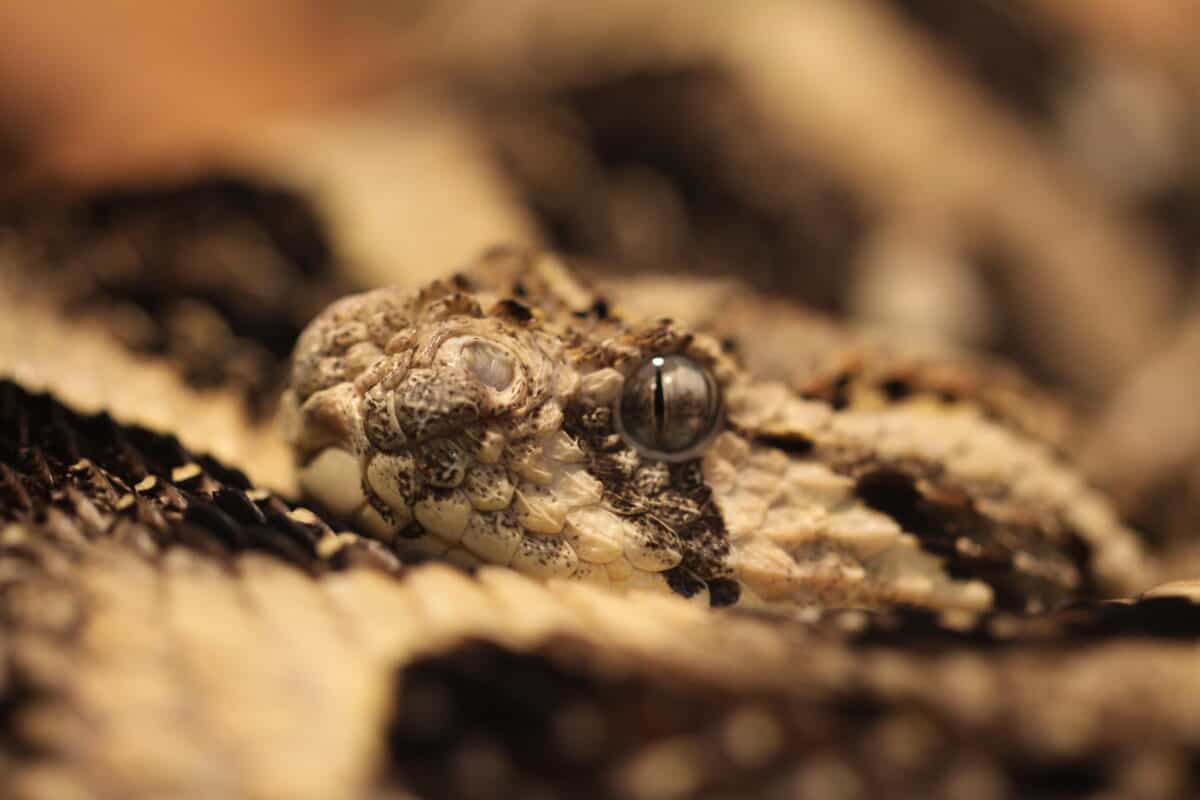
Hiding amidst Pennsylvania’s wetlands and marshy habitats, the Eastern Massasauga Rattlesnake lurks, its venomous bite a potent weapon against unsuspecting prey. Despite its shy nature, encounters with this elusive serpent can be dangerous, as its venom can cause severe pain, swelling, and tissue damage. As wetland habitats diminish due to human development, the Eastern Massasauga Rattlesnake faces increasing threats, underscoring the importance of conservation efforts to protect both this species and its fragile ecosystems.
Eastern Box Turtle (Terrapene carolina):
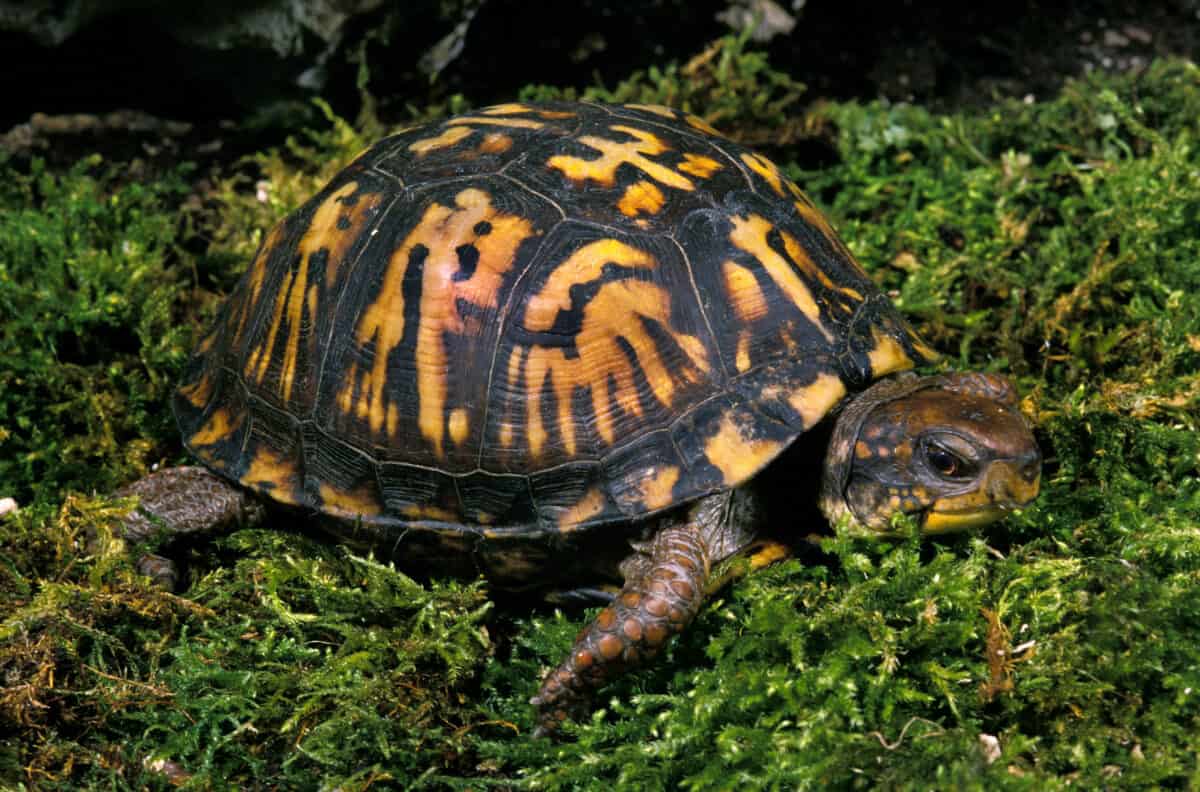
While not traditionally considered dangerous, the Eastern Box Turtle poses a unique threat to human health due to its potential to transmit Salmonella bacteria. Found in Pennsylvania’s woodlands and grassy fields, these iconic reptiles are often encountered by hikers and outdoor enthusiasts. However, handling or ingesting contaminated water or soil can lead to Salmonella infection, particularly in young children and individuals with compromised immune systems. As such, caution should be exercised when interacting with Eastern Box Turtles, and thorough handwashing is essential after handling these fascinating creatures.
Pennsylvania’s wilderness harbors a diverse array of wildlife, some of which pose potential risks to human safety. From venomous serpents to stealthy predators, encountering dangerous animals in the Keystone State requires caution, respect, and a keen awareness of one’s surroundings. By understanding the behaviors and habitats of these creatures, outdoor enthusiasts can enjoy Pennsylvania’s natural beauty while minimizing the risk of dangerous encounters.
If you enjoyed this piece, you may like these:
- Meet Pennsylvania’s Fascinating Black Bear Population
- Meet Pennsylvania’s Fascinating Coyote Population
- Rattle Snake VS Cape Cobra
Join our Forum for free today!

- Elderly Man Kills Grizzly Bear in Montana - July 22, 2024
- Missing Cat Found Weeks Later, 40 Miles Away - July 21, 2024
- The Fastest Animal on Earth: So, How Quick Are Cheetahs? - July 21, 2024

